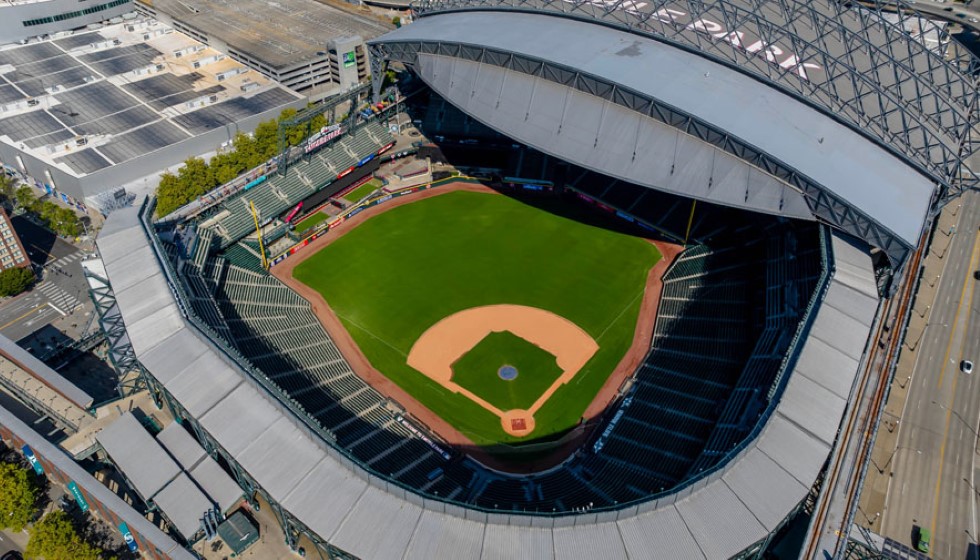
As Major League Baseball (MLB) enters its offseason, teams face a critical deadline that will shape their rosters for the upcoming year. This pivotal moment arrives on Friday, November 22, when franchises must decide whether to tender contracts to their arbitration-eligible players. The outcome of these decisions could significantly impact each team's strategy and financial planning, as well as the players’ futures.
The Arbitration Landscape
Arbitration plays an essential role in MLB contract negotiations. Typically, players are eligible for arbitration after accruing three years of Major League service time. However, an exceptional group known as "Super Two" players can qualify after merely two years, thanks to their standout performances and high rankings in service time among their peers.
This system offers players the opportunity to negotiate salaries that exceed the league minimum. However, not every player benefits from this process. If a player's projected salary is perceived to exceed their value to the team, they may find themselves non-tendered, effectively becoming free agents well before traditional expectations. The decision can result in significant career shifts, as demonstrated by last season’s non-tendered players, including Tim Hill, Spencer Turnbull, Cooper Criswell, and Nick Senzel.
Players' Salary Projections
As teams prepare their strategies, several players have emerged with notable salary projections. Chas McCormick, a reliable presence, is likely to secure a contract with a projected salary of $3.3 million. Toronto Blue Jays’ Alek Manoah also appears primed for a contract tender, set to earn an estimated $2.4 million.
David Bednar, who has been an anchor in the bullpen, stands out with a projected salary of $6.6 million. Meanwhile, Triston McKenzie is anticipated to garner $2.4 million, reflecting his solid contributions on the mound. Similarly, Austin Hays’s projected salary of $6.4 million aligns with his impactful offensive and defensive efforts.
Among outfielders, Dylan Carlson’s forecasted $2.7 million salary highlights his promising potential. Paul Blackburn, expected to command $4.4 million, has been a consistent performer, earning the attention of his team’s management.
Cal Quantrill's substantial projected salary of $9 million is indicative of his value to the team, reflecting his crucial role in the starting rotation. Meanwhile, Akil Baddoo, with a more modest projection of $1.6 million, continues to develop his skills in the league. Andrew Vaughn is also under consideration, expected to secure a $6.4 million contract thanks to his impressive hitting prowess.
Strategic Implications for Teams
For the front offices, each decision weighs heavily on future plans. Tendering contracts not only affects immediate payroll implications but also reflects the long-term belief in a player’s contributions and potential growth. Teams must balance financial constraints with the need to remain competitive in the league. These intricate calculations often require tough choices, particularly for players on the fringe of expected value thresholds.
Moreover, the non-tender market creates an additional layer of complexity. Players who find themselves as free agents prematurely represent opportunities for other teams to bolster their ranks with experienced talent, often at market-adjusted prices.
The Path Ahead
As the deadline approaches, both players and teams brace for the outcomes that could redefine career trajectories and team compositions. The arbitration process underscores the dynamic interplay of talent evaluation, economic factors, and strategic foresight, making it one of the most intriguing aspects of the offseason. Fans and analysts alike will keenly watch how these decisions unfold, anticipating the ripple effect they may have on the landscape of Major League Baseball.